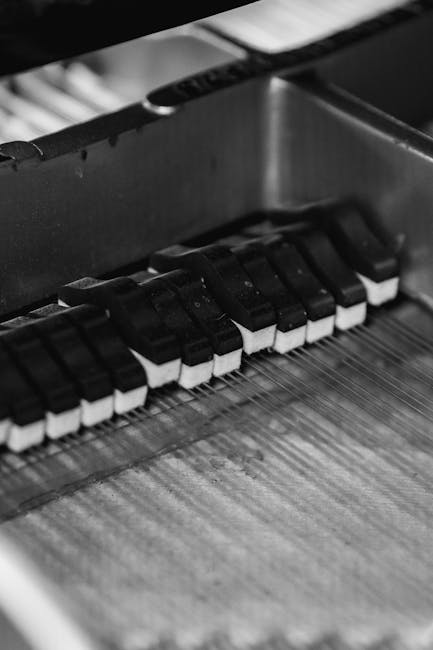now that we've got these burls back even though
they've went through the kiln it most likely means they're okay to work with but it doesn't 100
mean that they are dry so that's what we have this for uh it's a moisture meter we're shooting
for less than seven percent it is ideal with this stuff so there's two kinds of materials that we
like to use on the bottom of our table which you can see here this is HDPE which stands for high
density polyethylene basically it's just plastic and it has a shiny surface and it's not going to
allow the epoxy to stick and then for the sides we actually, just use these borders it's MDF of course
you can't see the MDF but there is MDF underneath the tape you can kind of see it there and then
we just coated the whole thing in tuck tape you can see there tuck tape is usually only sold in
canada so if you can't find it where you live you're looking for sheathing tape that is the
type of tape tuck tape is just the brand name so it's either HDPE or tuck tape so standing or sitting in front of me and Sagar right now is a table that we made
it was our second ever resin cast table and it failed there's a huge crack and separation
in this edge now the good part about this is we know exactly why this happened we sealed the
edges on this slab and we also didn't take any of the bark off like especially up here you can
see lots and lots of bark still left underneath so a couple things two things basically that
screwed us up is the that by sealing the edge you prevent the epoxy from soaking into the
wood and you just get this plastic on plastic on now we can't stress this enough like we say
this all the time and we still see people sealing edges like we get you get emails probably all
the time yeah yeah people saying like oh should i seal the edge or not and the the answer is no
like I'm even in Facebook groups like epoxy resin and facebook groups many people recommending it
i'm going to post this video on there to try and help you guys out but sealing
the edge will make it separate and then the the bark that we left on only made things worse
and that's because the epoxy bonds to the bark and then the only thing holding it all together is
the bond between the bark and the wood the reason that we debark the slabs is to get a better bond
if you are to leave the bark on your live edge slaps when you do the pour essentially what is
happening is the epoxy is bonding to the bark and the only thing holding everything together is
the bond between the bark and the piece of wood so not very strong and it's not going to hold up
for you know a long-term piece of furniture now when we first started making these
tables there wasn't really anyone doing it so we didn't know this now i wanted to do a pour
i think it was the second resin pour we ever did and i wanted to leave the bark on so i did i did
the pour it cured it looked awesome uh but then i took it out of the mold and when i went to push
it through the planer it went in as one piece and came out as three pieces there was the piece
of epoxy with two pieces of bark stuck on the outside and then there was my live edge slabs so i
thought i'd gotten smarter and we did another pour where we took the bark off and same thing poured
the epoxy took it out of the mold stuck it in the planer except it broke in three pieces again now
this time instead of there being all the bark on the epoxy there's just this thin little brown
layer which is the cambium layer of the tree and that's why we use the wire wheel to get rid
of that little thin layer so first we go with just chisels or a draw knife to peel the bark off
and then it's a wire wheel to open up those pores of the wood and give you a better bond so it's actually quite a bit of effort we have to go to to eliminate the bubbles first of all you need to make sure you're using the right kind of epoxy you need to be using a thick casting epoxy so we had our own specific product formulated our black forest deep resin that actually allows us to pour thick and have the bubbles release on their own and then even on top of that the best way to
eliminate the bubbles is to cool your resin while it cures because that's going to give time
for all those bubbles to come up to the surface the chemical reaction of the epoxy
it is an exothermic chemical reaction which means it produces heat but it also heat also
acts as a catalyst to the chemical reaction so the more heat you have the quicker it will cure and
the less heat you have the slower it will cure so we like to keep our room at usually honestly about
16 or 17 degrees celsius so we just have this unit here and it's really simple for us we turn it on
set it to 16 and then when we are doing a pour we don't put it on the energy saver because it'll
turn off so we'll just go to the cool mode then it'll stay on and it gets nice and cold in this
room but the reason this works especially good is because underneath those HDPE sheets on our
pouring tables is aluminum so the aluminum gets really cold and it just helps pull all the excess
heat away preventing it from curing too quickly


